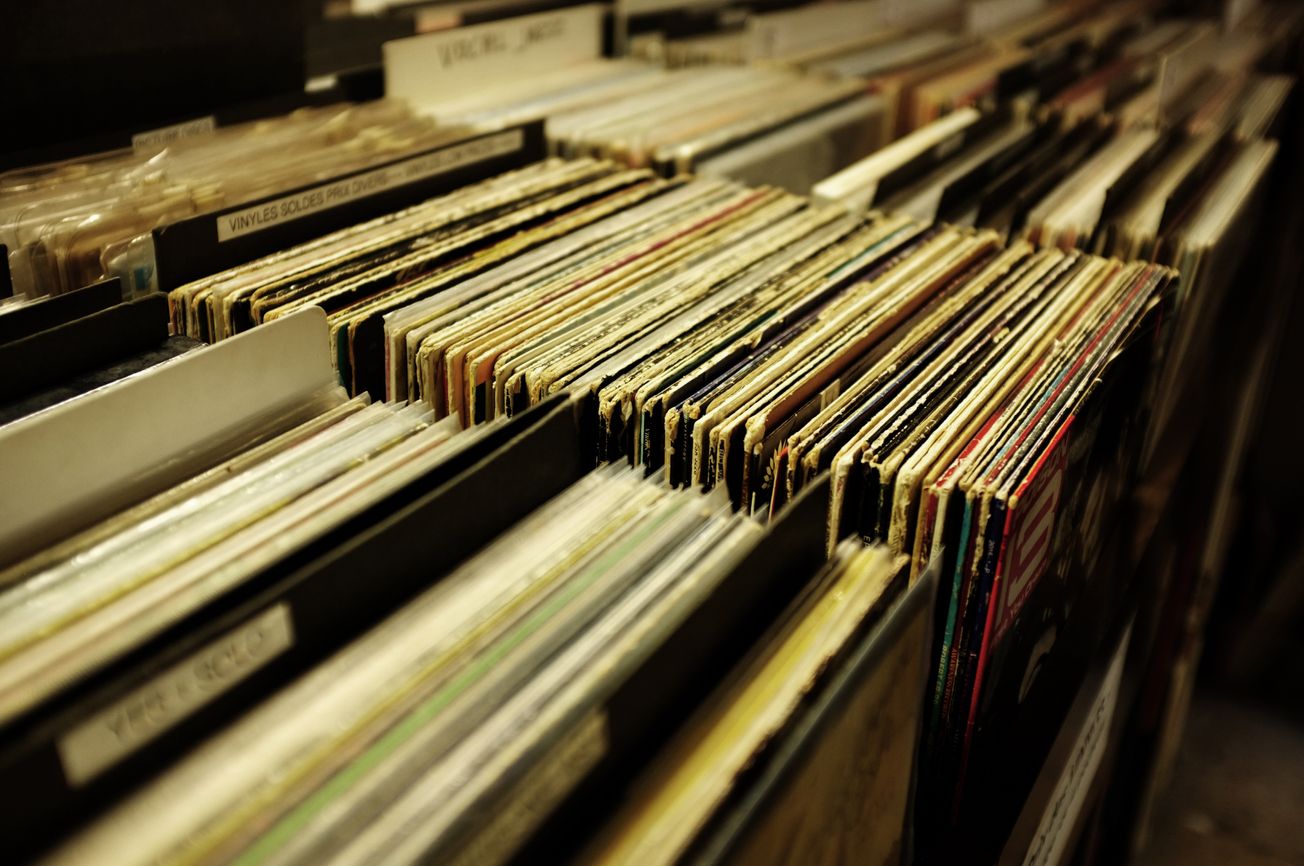As part of this week's 'green' issue, Jessica Williamson weighs up the pro's and con's of the so called 'vinyl revival' and it's impact on the environment.
Vinyl has made an unprecedented comeback in the last ten years: in 2016 vinyl sales reached a 25-year high, overtaking that of digital downloads for the first time, and in 2017 4.1 million vinyl records were sold just in the UK. Not only are original records becoming more popular, but artists are now releasing new albums in the vinyl format despite it also being available through music streaming and download. There is a fundamental reason for this resurgence; vinyl is a way for fans to physically display their love for the music, while many prefer the more wholesome sound quality with its occasional crackles, compared to that of a digital download. It is also a way for fans to financially support artists, as streaming services such as Spotify are not a main source of income, with the highest ‘per-stream’ pay out a measly $0.0084 to the artist, the lowest being $0.006. From a moral standpoint of supporting the artists, vinyl is much more preferable to streaming. You could listen to a song by your favourite artist on Spotify every day for a whole year, and the absolute most they would make would be barely over $3 – for an entire year’s worth of music.
Photo by Ivan Dorofeev / Unsplash
Of course, this vinyl resurgence means that new materials are being used to create something which could be digitally streamed with little environmental consequence. Quite rightly, people are questioning whether it can be justified given the current environmental state of our planet; some may argue that the satisfaction of a crackle on a vinyl is not worth the environmental cost. While digital streaming and downloads are unequivocally, at present, the more eco-friendly options, I don’t believe that the vinyl revival should be demonised. While the mentality that each individual doing their small part to reduce their environmental impact is indeed justified, it is hard to believe that there are not larger issues to be tackled before we wage war on vinyl. In the US, more than 500 million single-use plastic straws are used each day, compared with just over 14 million records sold in the US in the whole of 2017. Would it not be better to exchange having three straws in your drink on a night out for a record that will last and bring significant amounts of joy?
Once a record has been made, it is very rarely disposed of – who buys a record just to throw it away weeks or months later? To me, buying a record is more akin to investing in a piece of art rather than downloading music; they are collectors’ items, treasured objects that you may hold onto for most of your life. What’s more, vinyl can also literally be made into art if the owner decides they are done with it in its original form. I’ve seen them made into bowls, clocks and wall pieces through either cutting them or melting and warping them; they inspire creativity in reusing them. Not forgetting, the resale market for vinyl is huge. Essentially, the carbon footprint of a vinyl is stretched out over significantly more time than either music streaming or downloading, through resale or reuse.
Photo by Joseph Pearson / Unsplash
The energy that has gone into making the records, though it may be more than that for streaming, has not been used in vain. Though vinyl production uses new materials, it is not wasteful with them – even the packaging is all kept along with the actual record, bar perhaps a plastic cover to protect the outer sleeve before sale. You’d be better off sticking to your vinyl and investing in a reusable water bottle instead of contributing to the 60 million plastic bottles that end up in landfill every day. It seems to me that we should prioritise pressuring the government to invest in nationwide recycling systems, or holding corporate giants accountable for their waste before we start attacking the arts.
Having said that, there’s no disputing that there needs to be more investment in renewable and eco-friendly sources for music. While I support the vinyl revival there is no reason that it shouldn’t be made more sustainable. In 2015, an ‘eco-vinyl’ was produced in Los Angeles by Piuma, recorded and produced with 100% renewable energy, made using recycled and renewable materials and planting trees to offset carbon from the production process. Remarkably, this eco-vinyl was sold for only $15, $1 of which was donated to plant trees in the Angeles national forest, and because of this, the record is actually carbon-positive. Many popular records today cost much more than $15, and Piuma has shown that sustainable options do exist without costing the earth or the consumer. Perhaps instead of attacking vinyl as a method of listening to music, moving forward, we must push harder for sustainable methods of production so that we can support both the artists and the environment.
What do you think about the so called 'vinyl revival' and its impact on the environment? Let us know!











